
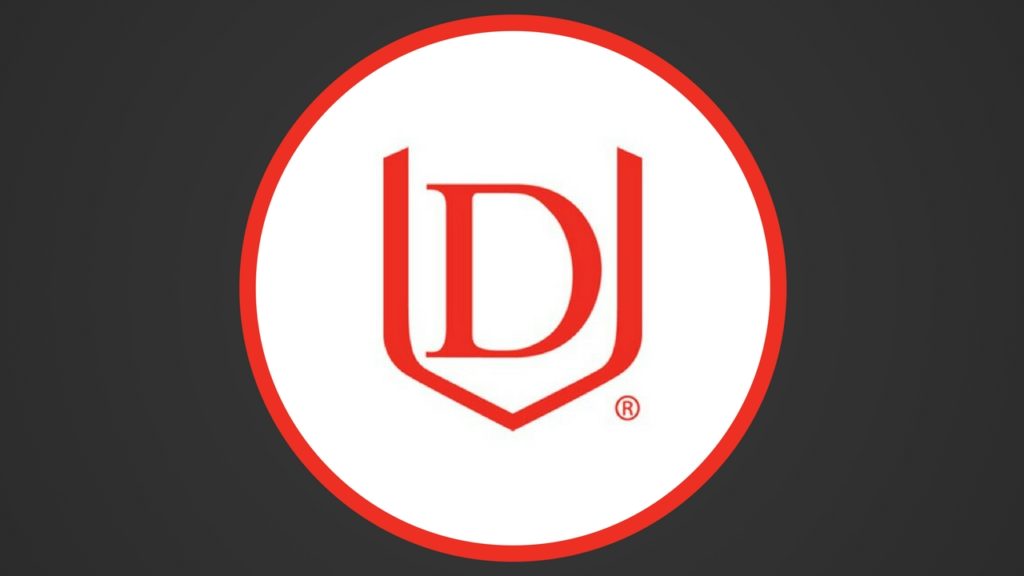
During the next few weeks, Associate Professor Chris Hamstra is teaching several sessions on leadership and communication (Authentic and Servant-leadership, leadership life-stories, etc.) at Bifröst University in Iceland. Chris is documenting his time in Iceland in a series of articles to be featured on his LinkedIn page.
This is the fourth article in the series.
Iceland 2017: Kjarkur in Leadership and Learning
A headline earlier this month noted that “Icelandic for Foreigners” is one of the most popular classes at the Universities near Reykjavik. During my time here I have attempted to pick up as much of the Icelandic language as possible….without much success (smile). In addition to skyr, which is a yogurt-type snack in Iceland, the one word that sticks with me this past week is kjarkur.
As I understand, kjarkur most closely connects to the idea of courage. There is no direct translation in English. While courage certainly means to be brave in difficult situations, the Nordic understanding adds of level of intensity.
Kjarkur is deeper and explains a gut-based sense of purpose and action; an engagement of risk. During Creative Leadership in the 21st Century: Iceland 2017, I have gained a fuller sense of personal and professional courage through this community.
Kjarkur in Leadership
A variety of leadership principles have been addressed this week: Authentic leadership, Servant-leadership, the Nordic leadership style, etc. While many view leadership as influence, I choose to see leadership as a co-constructed process that is built through the dialogue of human communication. It takes kjarkur to engage in personal growth and to partner with others.
Our session Monday afternoon focused on personal responsibility and addressed courage when taking steps to overcome hurdles in life. I appreciate the work of these colleagues to find opportunities, like this three-week time in Iceland, to continue building on their strengths.
Courage is displayed in partnership with others. I heard the comment several times this week that the a big fear in leadership is responsibility for others and the organization. I would suggest the work of Robert Greenleaf addresses this question in servant-leadership. For example, in his essay The Institution as Servant I think it takes courage for trustees and institutions to shape the community by “encouraging serving individuals and providing scope and shelter for large creative acts of service” (p. 88). Courage can been seen in the process of leadership.
Kjarkur in Leadership Life-stories
My focus this week is pointed towards the passion area of leadership life-stories. For me, this opportunity in Iceland has been a wonderful chapter to add.
Each day we co-construct our life-stories in community with others through an on-going process. Lead author Boas Shamir writes that the construction “is performed not in isolation but in interaction with others, and which is influence by others’ responses to initial versions of the story” (p. 401).
Kjarkur in the context of leadership life-stories recognizes that each day we have the choice to interact with others. Within this interaction we engage our life-story but also engage the opportunity to contribute with others and their continued development.
Kjarkur in Complexity (Mathematics)
This was a surprise addition to knowledge this week. It takes a tremendous amount of kjarkur for me to engage anything dealing with math and formulas (smile).
My new faculty colleague Frank Brand led a wonderful lecture on Monday looking at the science of complexity. I heard two points; understanding the border and visualizing the decision.
As leaders, we live in a complex word, filled with uncertainty. To quote Frank, “Making decisions should be based on analysis.” This data can come from a variety of places (numbers, stories, any text). The bottom line is that there is always some uncertainty. “Real world data comes with uncertainty.”
This sounds like a “duh” moment but it is the type of analysis and taking the next steps that take courage. In our class examples, too often the first snapshot of numerical data is used. Are we taking the next two or three steps to gain a full picture? Being courageous in our analysis means stepping out, critically thinking through the process, and making the decision.
Kjarkur as Personal Responsibility
One of quotes that I will carry with me after this Summer School is that “you never know when the seeds you have planted in life may begin to grow.” It has been a fulfilling experience with these class and faculty colleagues to see the kjarkur (courage) displayed. I hope that I have contributed to this new understanding as well. Additionally, I hope that this new knowledge is used personally and professionally when we go home in our specific contexts (national, community, and personal).
Thanks again to the M.E. Davenport Legacy Endowment fund and Steve Snyder from the Office of International Programs at Davenport University for their support. My next step is to encourage other faculty members to think about a short-term teaching opportunity during this pilot program. My hope is that these short posts have been more than just a rambling set of thoughts and perspective but something were a nugget of knowledge might be found.
I wrap up my facilitation on Wednesday and will take some vacation days to continue exploring this wonderful country with my wife. One more post expected later this week as we explore Iceland!


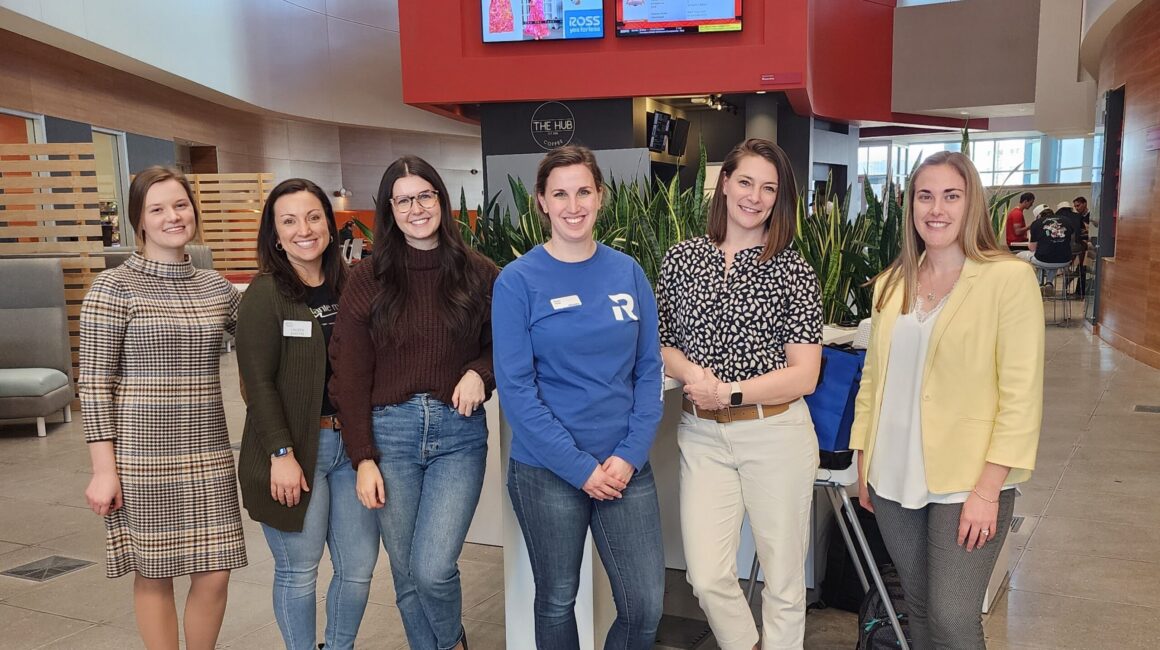
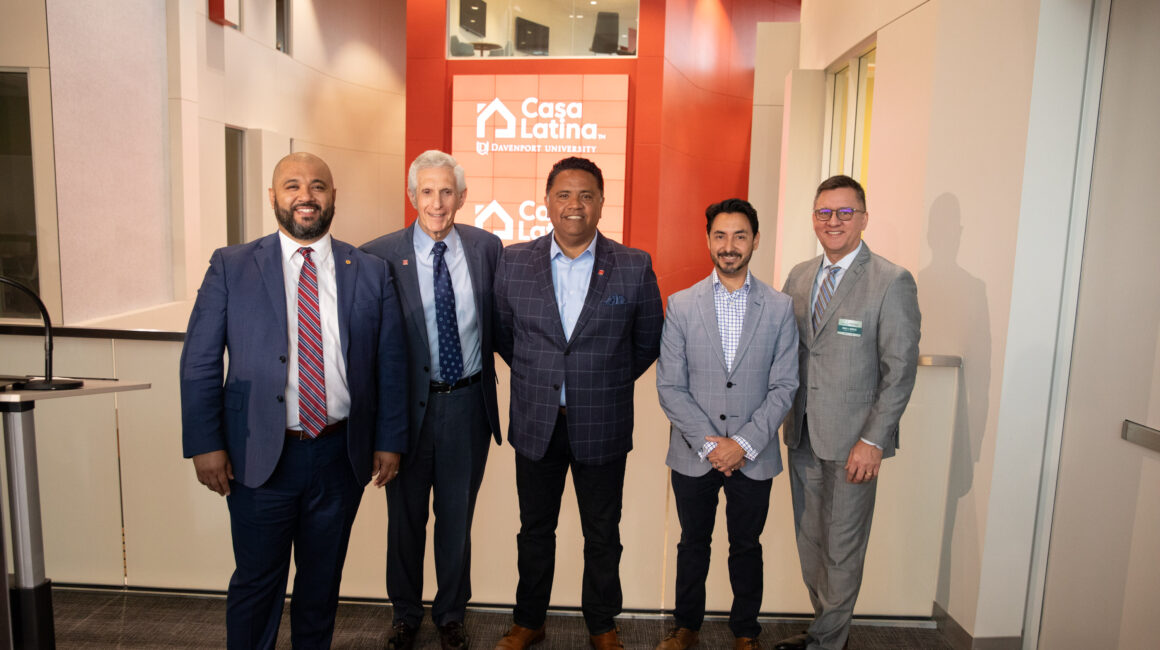
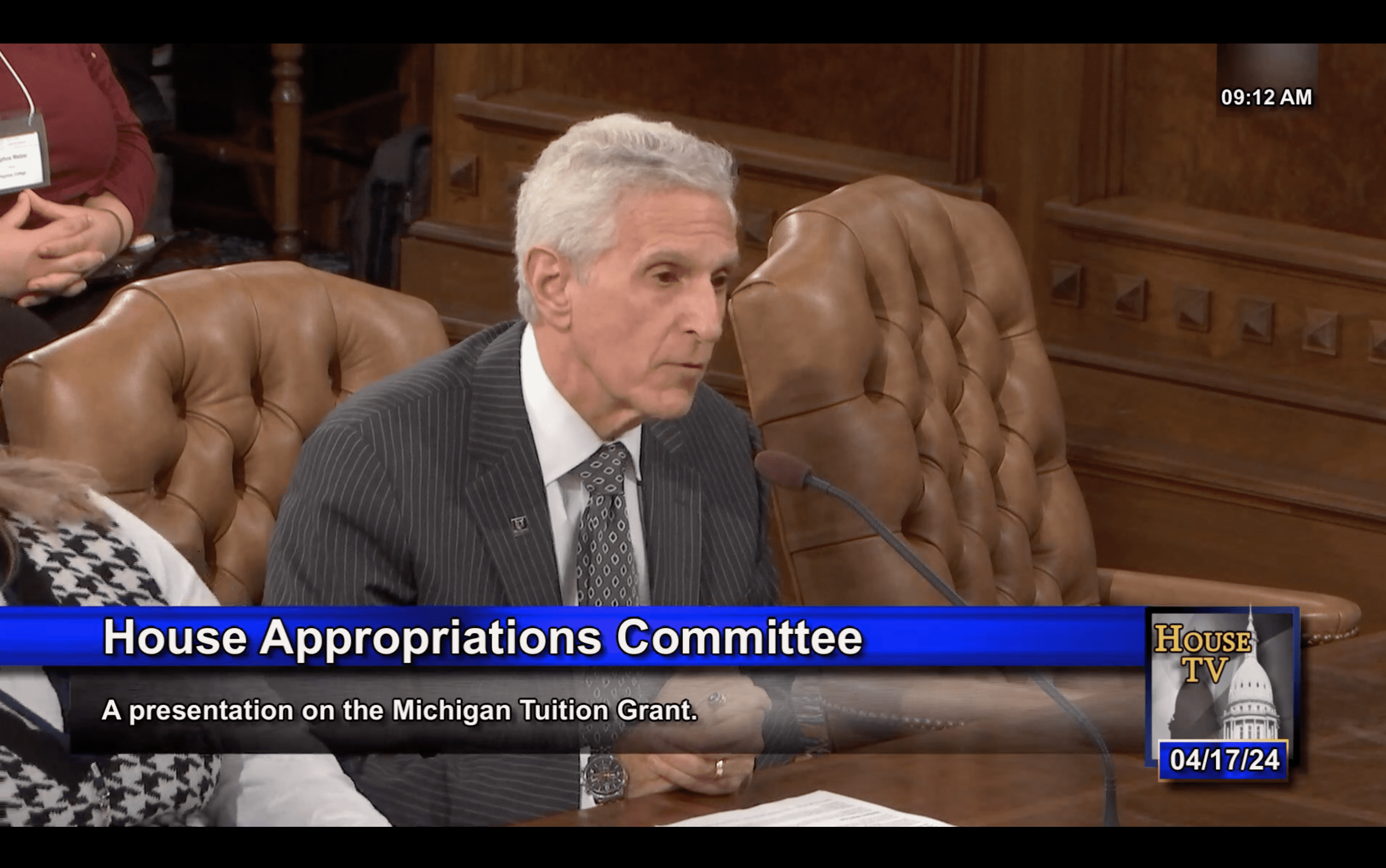
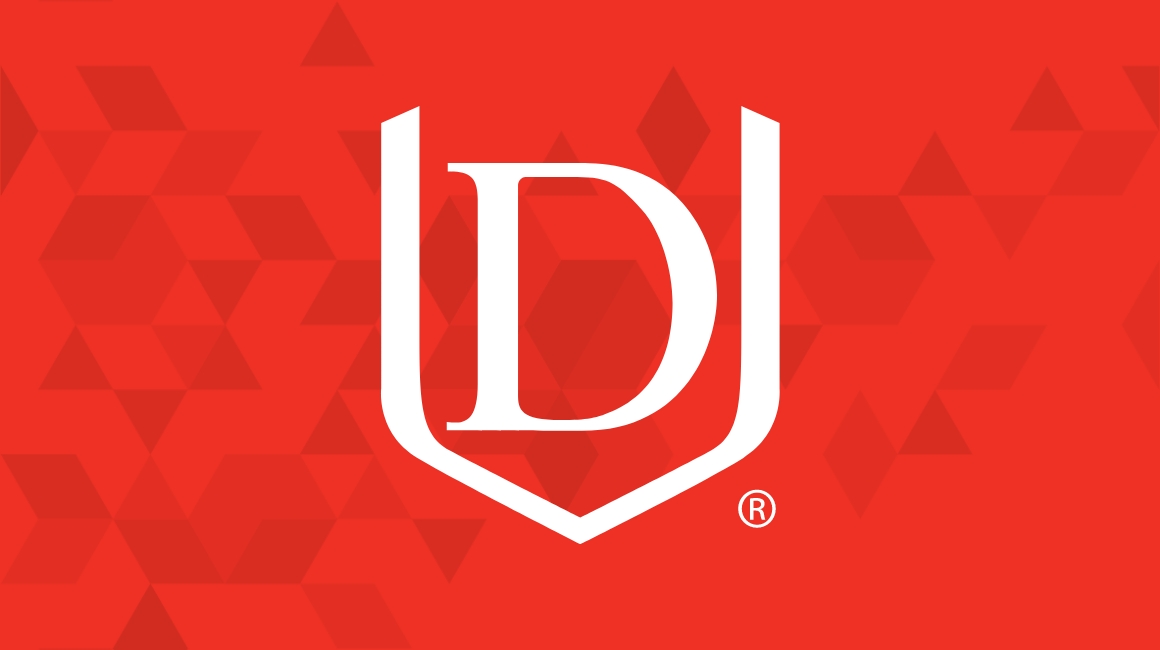
No Responses